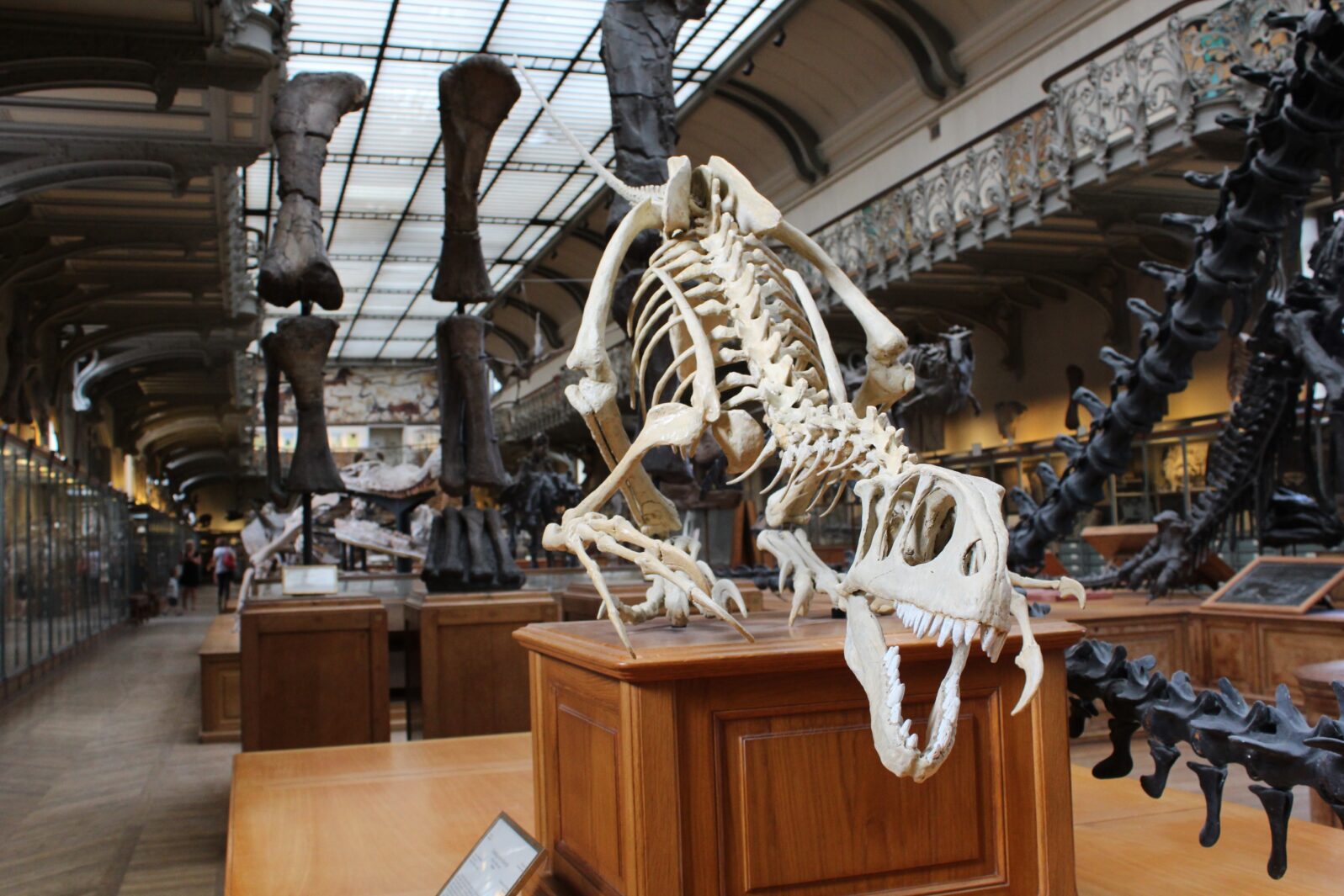Are 3-D Virtual Fossils a Boon or a Threat?
Many paleontologists fear losing control of the storyRecently, researchers found a sparrow-like fossil bird from about 110 million years ago with an unlaid egg inside her body, crushed and flattened but still identifiable. They learned something from this first-ever find of its type:
And the egg’s cuticle, the outermost layer of shell, contains tiny mineral spheres similar to spheres in the egg cuticles of modern waterfowl such as quails and ducks. The spheres, thought to protect embryos from microbial infections, have never before been seen in any fossilized eggs.
Carolyn Gramling, “In a first, a fossilized egg is found preserved inside an ancient bird” at Science News
So they know that that protective layer is not a recent development. At one time, a fossil of this type might be photographed but otherwise jealously guarded. Today, a 3-D scan of the bird with the egg inside could be widely circulated.
As a recent article in Nature outlined, 3-D scans of fossils are becoming routine. And “fossils” is a broad category. It can include “a stegosaur’s bone tumour” and 3-D models of footprints generated from 2-D photographs (photogrammetry). It enables biomechanical models of animals walking or chewing as well.
Virtual Fossils, an online fossil library open to the public, is a look from your desk into nature’s deep past. You can try rotating a Cambrian fossil (Markuelia lauriei) from 510 million years ago yourself. Many of the fossils are just fragments but even the fragments are fun.
However, getting paleontologists to share 3-D fossils is proving to be a struggle:
Fears of relinquishing control are rife. Researchers are loath to forfeit first dibs on potentially years’ worth of publications describing specimens that they collected or were first to scan. Museums are apprehensive about loosening their grasp on data generated from fossils in their care, sometimes citing loss of income streams — or simply the desire to control how the research community uses their specimens.
Dyani Lewis, “The fight for control over virtual fossils” at Nature
Lewis details a number of issues paleontologists have, including the simple desire to control who uses fossils and how:
Palaeoanthropology is notoriously secretive: in some cases, researchers have been denied access to precious fossil specimens for years or even decades. One example is a 7-million-year-old thigh bone discovered in Chad in 2001 that is said to belong to a species called Sahelanthropus tchadensis, which is claimed to be the earliest-known hominin on the basis of skull analysis. The bone could establish whether this species walked on two feet, but it has not yet been described in detail in a scientific publication.
Dyani Lewis, “The fight for control over virtual fossils” at Nature
Sometimes economic issues predominate. In many fossil-rich African countries, physical casts are a key source of income for struggling museums. Also, some indigenous communities do not want scans of recognized ancestors’ bones to be displayed to the public. That said, the famous 3.2 million-year-old “Lucy” has been integrated into an interactive project since 2016. One of the researchers’ conclusions was that Lucy may have died as a result of falling from a tree. Advanced 3-D techniques enable such detailed hypotheses to be intensively explored.
Part of the paleontologists’ problem might be difficulty distinguishing between ownership/use of the fossil and ownership/use of the information it embodies. The fossil cannot generate new fossils but the study of virtual copies can generate new information.
One of the characteristics of information is that, unlike matter and energy, it is not reduced by being shared. And when it is shared, it can generate new information. Of course, some well-sourced new information may contradict earlier ideas or even important beliefs. It’s not hard to see why a traditional discipline like paleontology takes time to adjust to such a future. All that said, Morphosource now has over 62,000 sets of data from 7300 species. So sharing, despite its attendant risks, is slowly but surely catching on.
See also: It takes a smart robot to mimic a reptile. When researchers built a robot to sprawl like a prehistoric reptile, they were in for a surprise.
